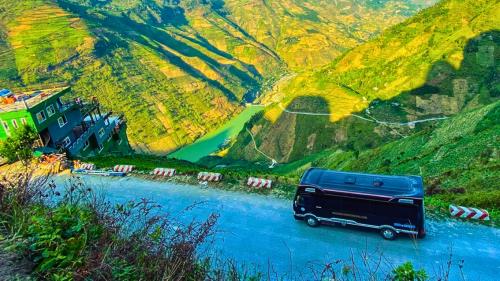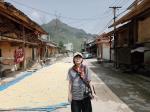Vietnam, a captivating country that stretches over 2000 miles from north to south, offers a variety of climates, making it a great destination year-round. However, the weather can vary greatly depending on the region, and knowing the best time to visit Vietnam will ensure a comfortable and unforgettable experience. In this guide, we will explore the ideal seasons for each region of Vietnam, with special recommendations for Cao Bằng, Hà Giang, and Ha Long Bay, three of the country's most breathtaking destinations.
Recommended Tours for You:
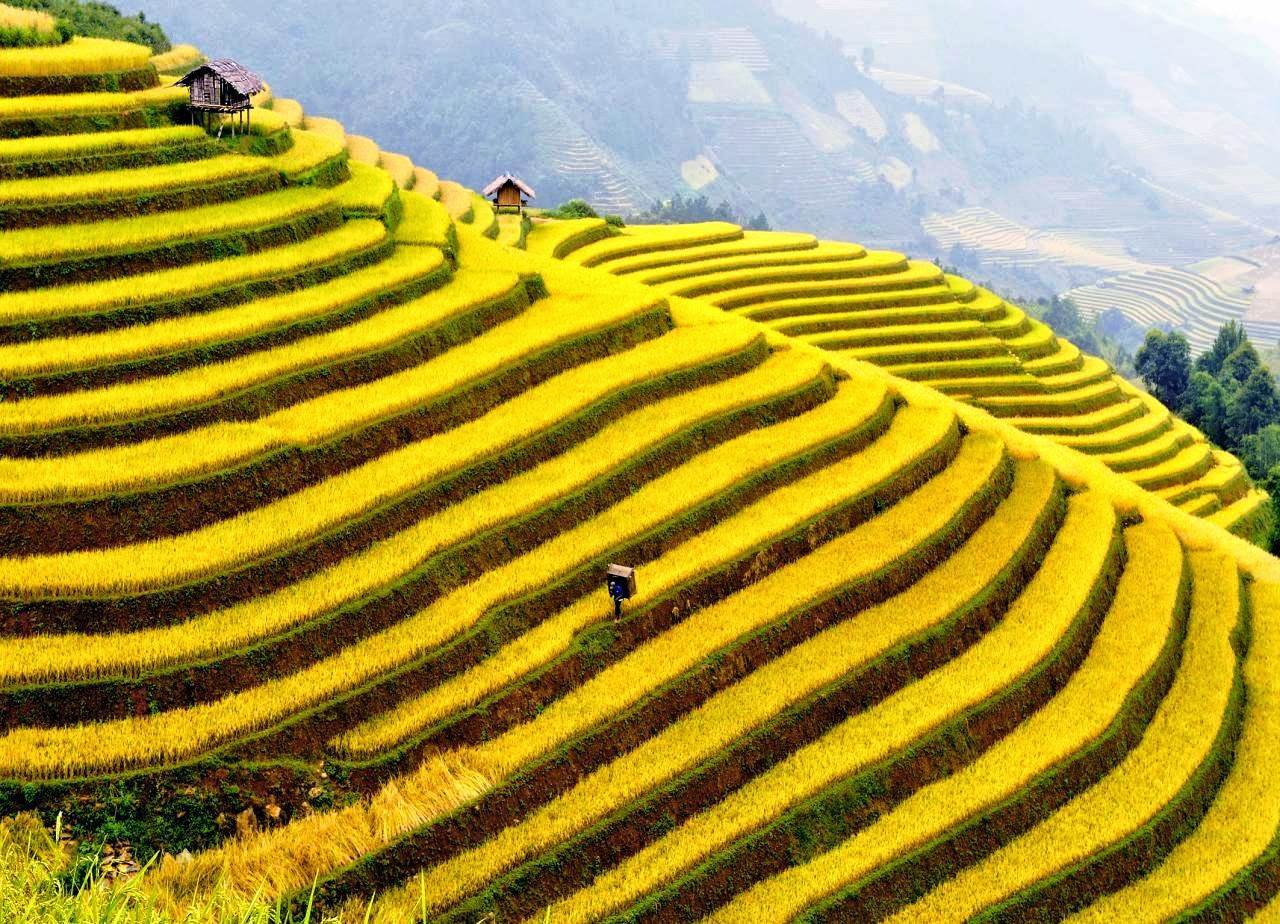
Weather Overview
Vietnam has a diverse climate due to its long geography, with distinct weather patterns in different regions. The country experiences four main seasons: spring, summer, autumn, and winter, but these seasons vary significantly depending on the region.
Northern Vietnam (Hà Giang, Cao Bằng, Hanoi, Ha Long Bay):
Winter (December - February): Cold and dry weather, especially in the northern highlands like Hà Giang and Cao Bằng, where temperatures can drop sharply, even with occasional frost. The best time for trekking or exploring the natural beauty of the region.
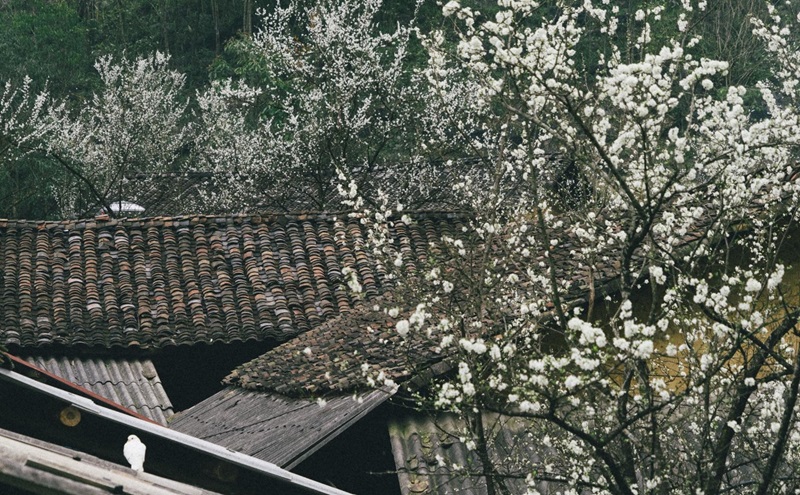
Spring (March - May): Mild and comfortable, with clear skies. This is one of the best times to visit northern Vietnam as temperatures are pleasant, perfect for outdoor activities.

Summer (June - August): Hot and humid, with occasional rainstorms, especially in Hanoi and Ha Long Bay. This is the wettest season, with July and August being the peak of rainfall.
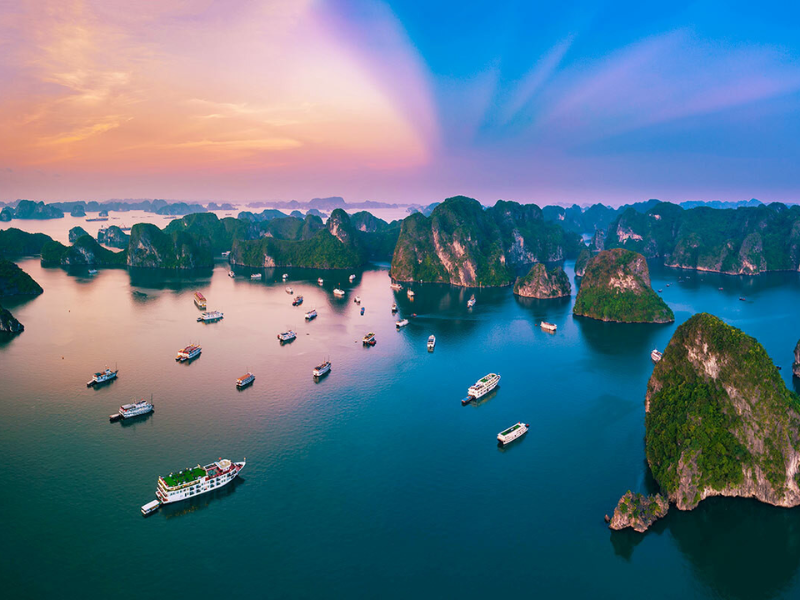
Autumn (September - November): The weather becomes cooler and more comfortable, with less rainfall, making it an ideal time to visit northern Vietnam, especially for trekking and photography.
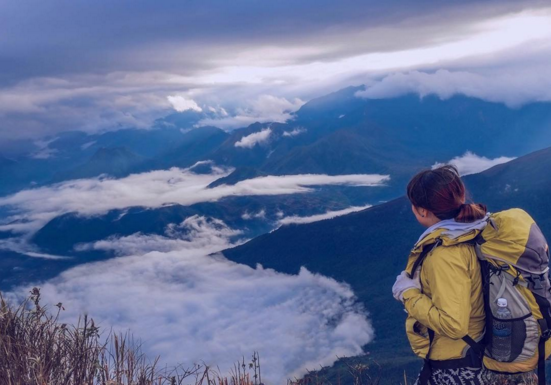
Central Vietnam (Hue, Da Nang, Hoi An):
Winter (December - February): Cool and rainy, with higher chances of storms, especially in coastal areas like Hue and Da Nang.
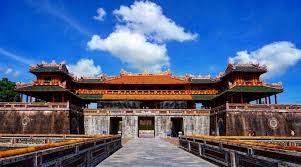
Spring (March - May): Warm and dry with clear skies, making it the best time to visit for beach activities and sightseeing.
Summer (June - August): Hot and sunny, perfect for enjoying the beaches of Da Nang and Hoi An, though it can get quite crowded during the peak season.

Autumn (September - November): Central Vietnam sees the most rainfall during these months, with occasional flooding, so it’s best to avoid this time for beach vacations.
Southern Vietnam (Ho Chi Minh City, Mekong Delta, Phu Quoc):
Dry Season (November - April): Warm and dry weather, with lower humidity. This is the best time to visit southern Vietnam for sightseeing, exploring the Mekong Delta, and relaxing on the beaches of Phu Quoc.
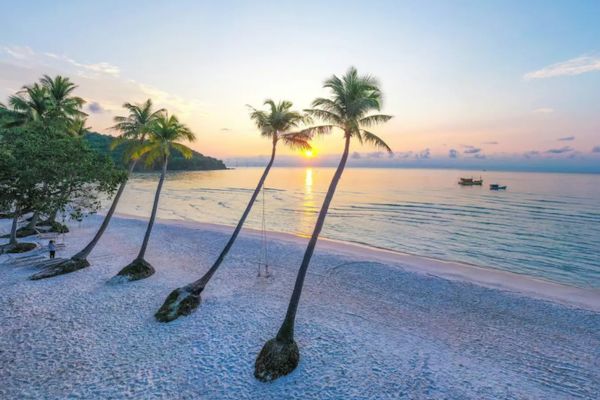
Rainy Season (May - October): Hot and humid, with afternoon showers that are usually short but heavy. The rain is sporadic but frequent, making it ideal for indoor activities or enjoying the lush, green landscapes.
Best Time to Visit Northern Vietnam: Cao Bằng, Hà Giang, and Ha Long Bay
Cao Bằng
Cao Bằng, a province in the far north of Vietnam, is best visited between October and April. This period offers the most pleasant weather for outdoor activities like trekking, photography, and visiting local markets. The dry season ensures clear skies, while the cool temperatures make it perfect for exploring the stunning landscapes of the region. From October to November, you can witness the stunning terraced rice fields in their golden hue as the harvest season unfolds. In December and January, the weather can be chilly, especially at night, so pack accordingly. If you’re planning to visit the Ban Gioc Waterfall, it’s at its most majestic during the dry season.
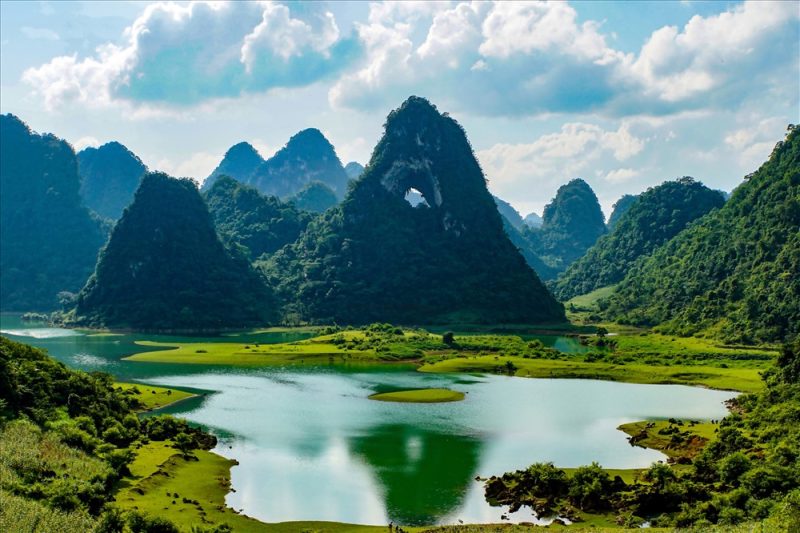
Hà Giang
For those looking to visit Hà Giang, the best time is also during the dry season, from October to April. However, avoid traveling during the rainy months (May to September) when the weather can be unpredictable and challenging for trekking or road trips. If you're a photography enthusiast, November is a fantastic month to visit Hà Giang, as the region's rice terraces glow with golden colors. Winter months, particularly December and January, bring cold weather and occasional frost, which creates a magical atmosphere, especially for those who enjoy serene, mist-covered landscapes.

Ha Long Bay
Ha Long Bay, one of Vietnam's most iconic destinations, boasts stunning limestone karsts and emerald waters. The best time to visit Ha Long Bay is from March to May and September to November, when the weather is mild, dry, and pleasant for cruising. During these months, you can enjoy clear skies and comfortable temperatures, perfect for exploring the bay's awe-inspiring scenery. June to August marks the summer season, which can be hot and humid, and the region may experience occasional tropical storms. December to February can be cold and misty, offering a more mystical, fog-shrouded experience of the bay, though it can also be less comfortable for outdoor activities.

Best Time to Visit Central Vietnam
Hue, Da Nang, and Hoi An
Central Vietnam offers warm, sunny weather from February to August, making it ideal for beach activities and outdoor sightseeing. March to May is especially pleasant with clear skies and mild temperatures. However, the region experiences the most rainfall from October to November, which can occasionally lead to flooding, so it's best to avoid this period if you’re planning to explore the beaches or historical sites.
Best Time to Visit Southern Vietnam
Ho Chi Minh City and the Mekong Delta
In the southern part of Vietnam, including Ho Chi Minh City and the Mekong Delta, the weather is consistently warm throughout the year. The dry season lasts from November to April, with cooler temperatures and lower humidity making it the best time to explore the vibrant city life and tranquil river tours. May to October brings the wet season, characterized by short but heavy rain showers, so it's perfect for indoor activities or enjoying the lush landscapes.
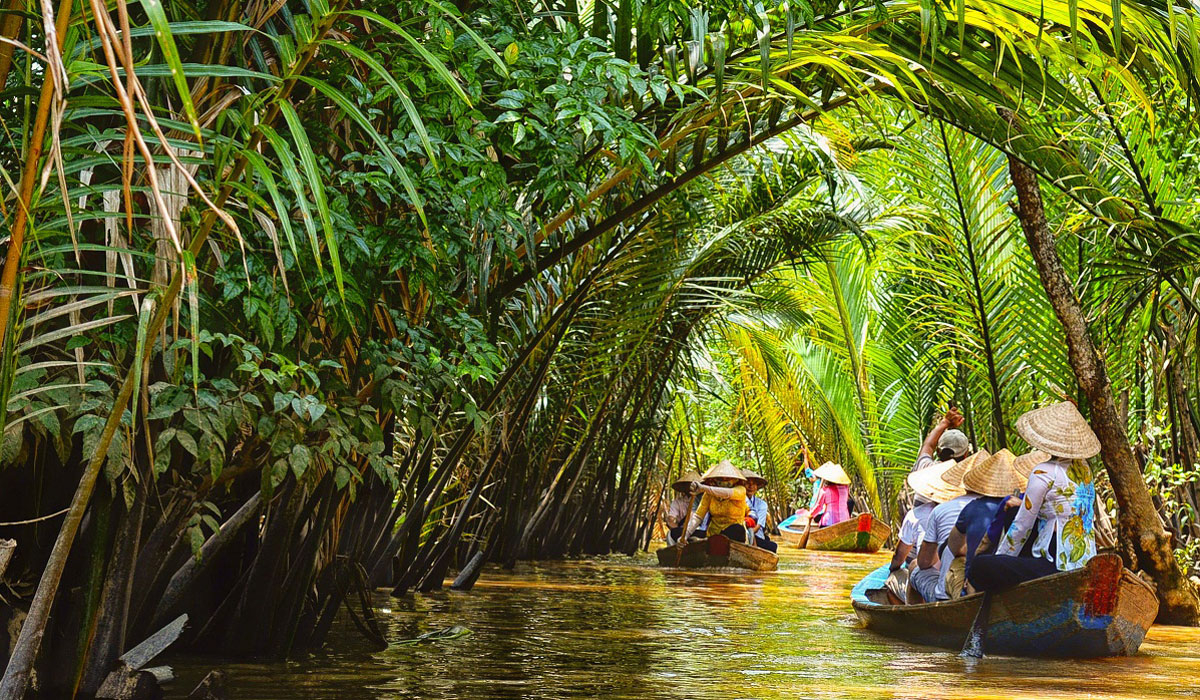
Phu Quoc Island
For those looking to enjoy the pristine beaches of Phu Quoc, the best time to visit is between November and March, when the island enjoys sunny, dry weather. The monsoon season from July to September is best avoided, as rain and storms can disrupt your beach plans.
Additional Tips for Planning Your Trip to Vietnam
-
Booking Your Tour: For those interested in exploring the northern highlands, particularly Cao Bằng, Hà Giang, and Ha Long Bay, it’s essential to plan ahead, especially during peak travel times. For a seamless experience, contact us at Hotline: +84329196074 to book your tour in these stunning areas and ensure a well-guided and memorable adventure.
-
Special Events: Vietnam’s festivals can also influence the best time to visit. The Tet Lunar New Year (usually in January or February) is a fascinating cultural experience, though it’s important to note that prices for accommodations and flights may rise, and some services may close during this time.
Conclusion
The best time to visit Vietnam depends on which regions you plan to explore. Whether you’re trekking in the northern highlands of Cao Bằng and Hà Giang, relaxing on the beaches in the south, or touring the stunning Ha Long Bay, each season offers something unique. To experience the best of Vietnam's natural beauty and diverse landscapes, consider planning your trip during the dry seasons of October to April.
Remember, for an unforgettable adventure in the northern highlands, get in touch with us at Hotline: +84329196074 to book your tour and explore the hidden gems of Cao Bằng, Hà Giang, and Ha Long Bay.



